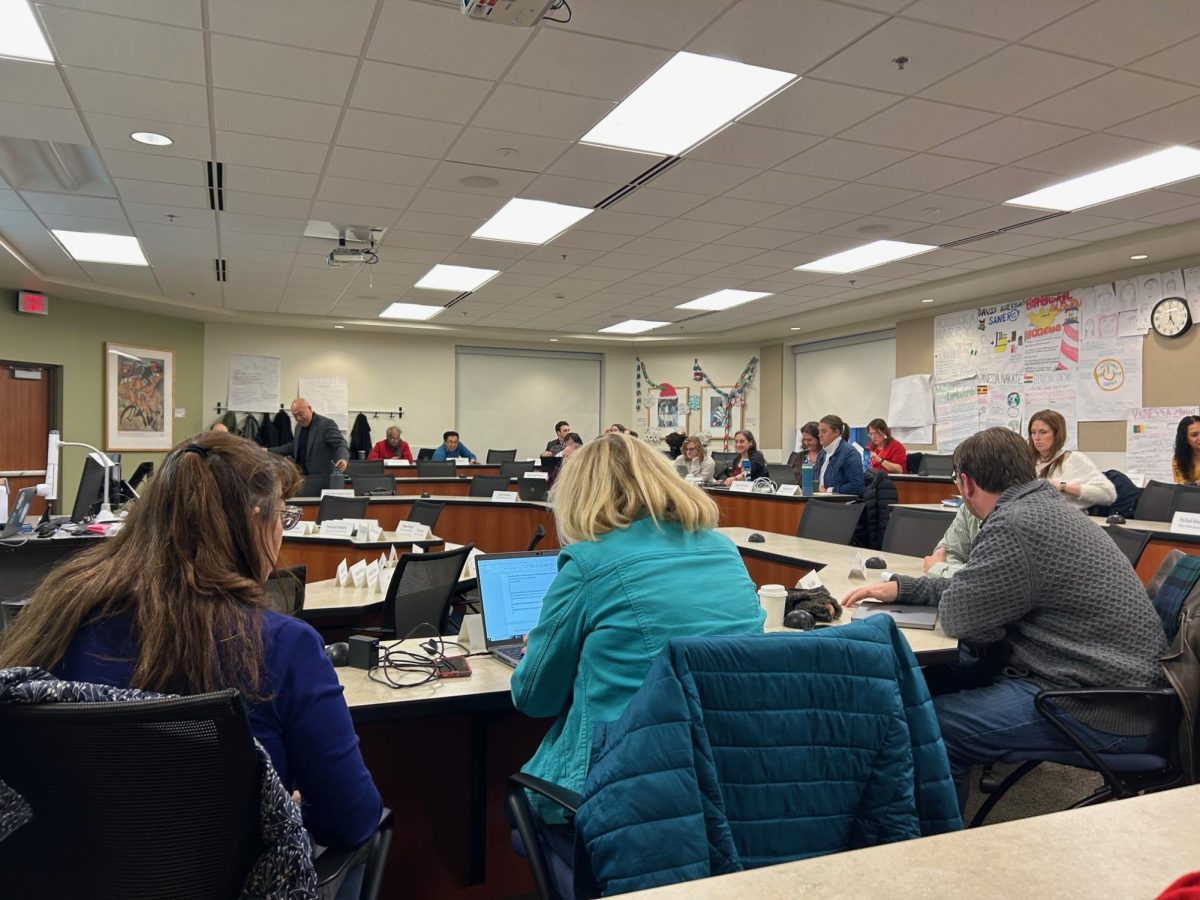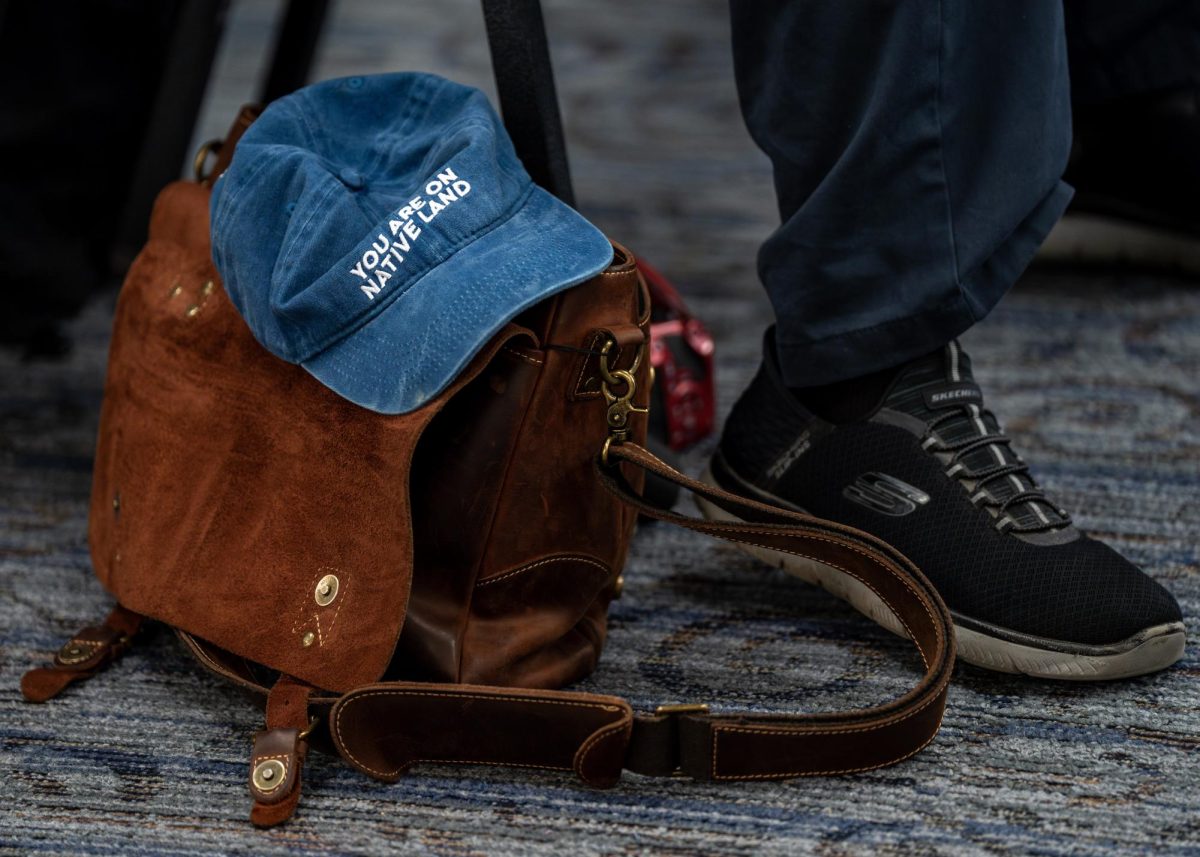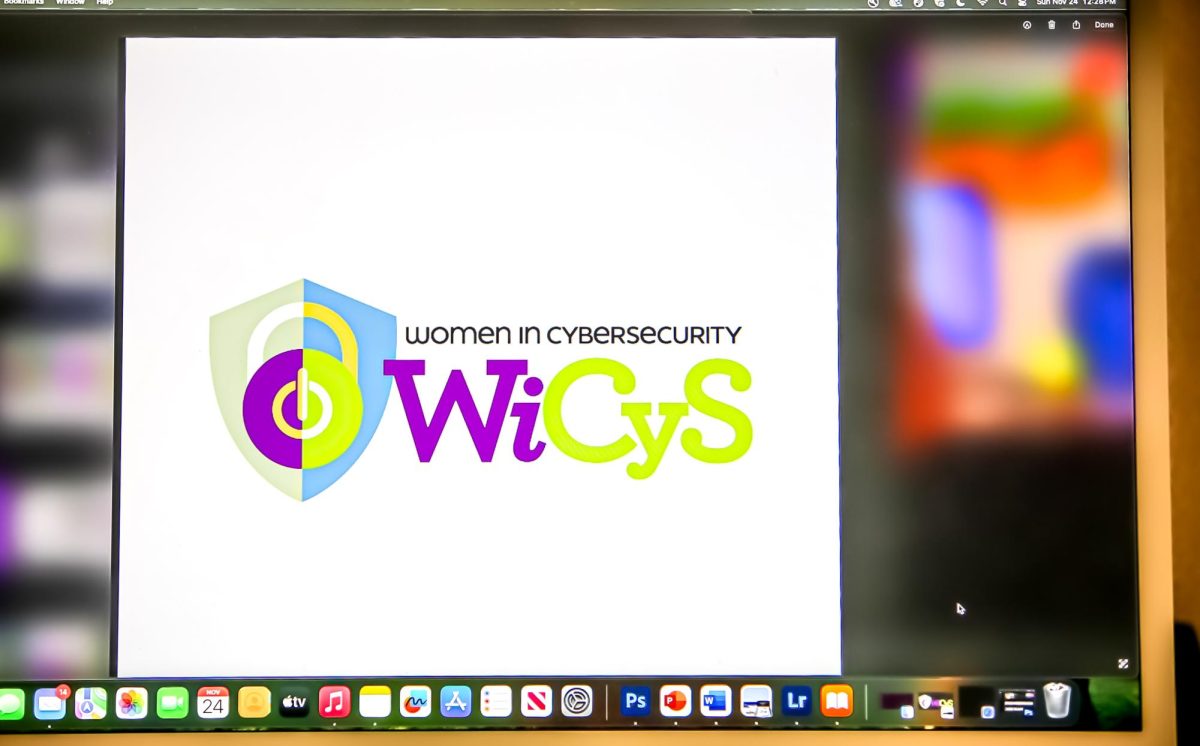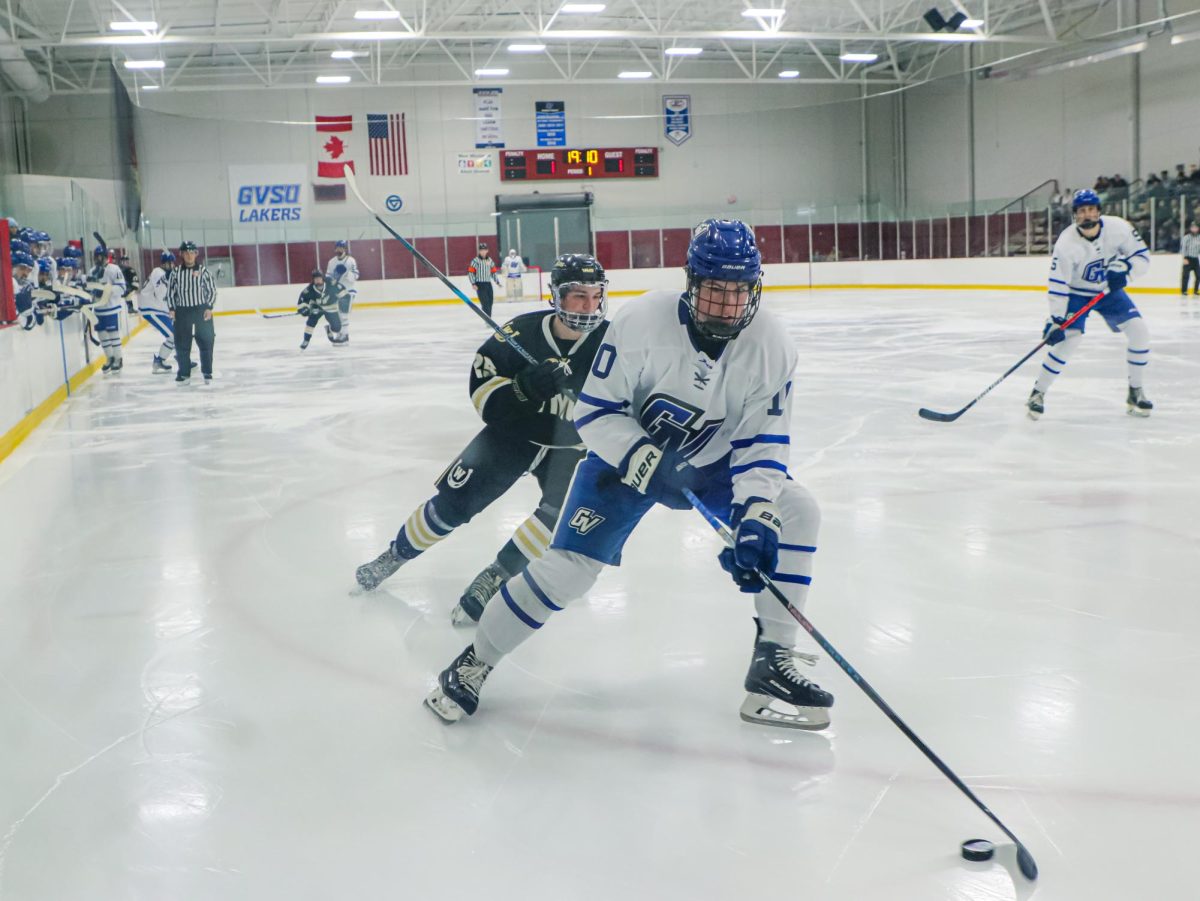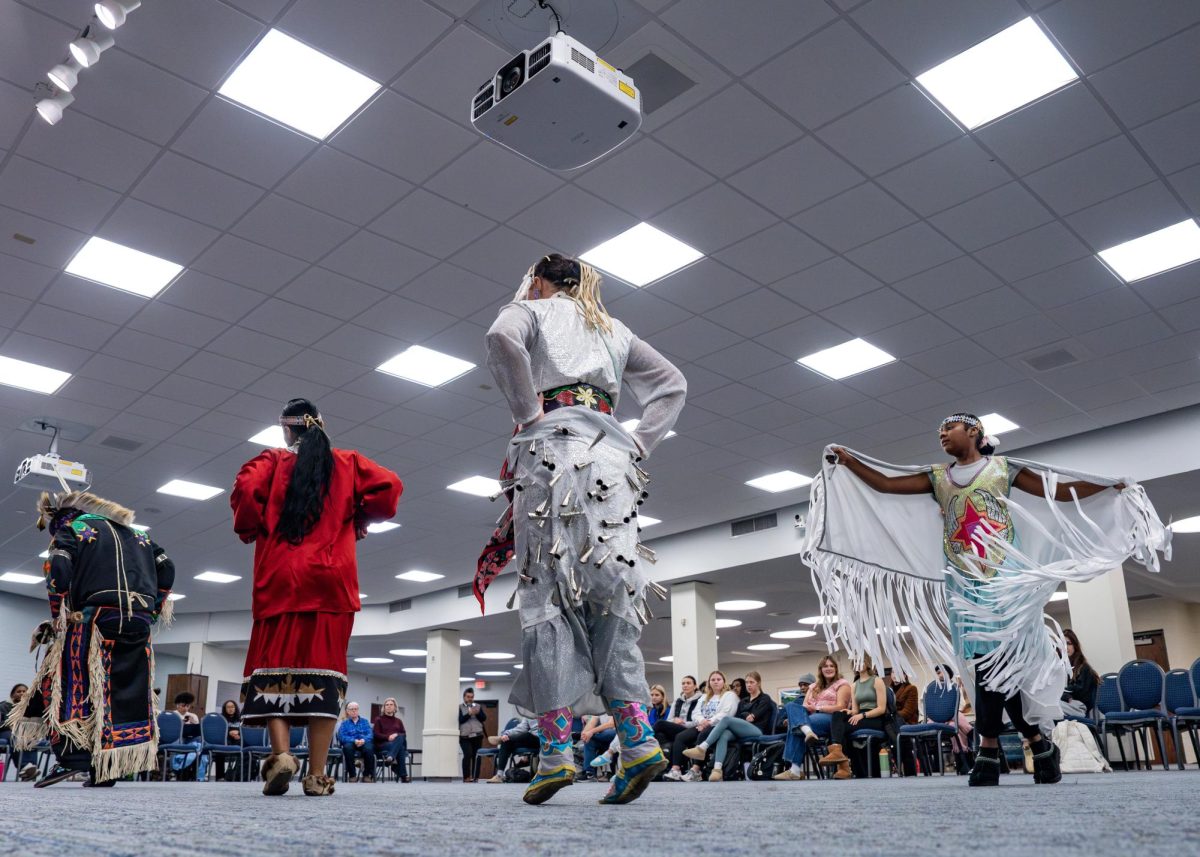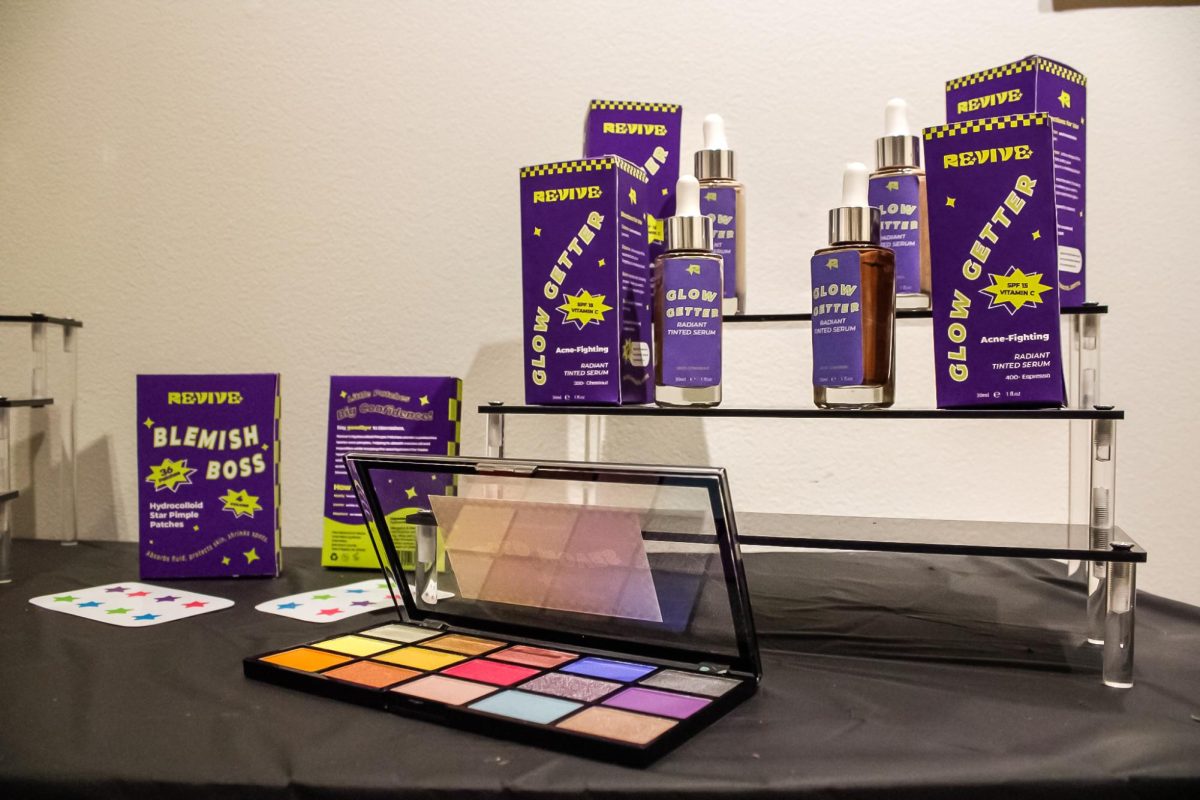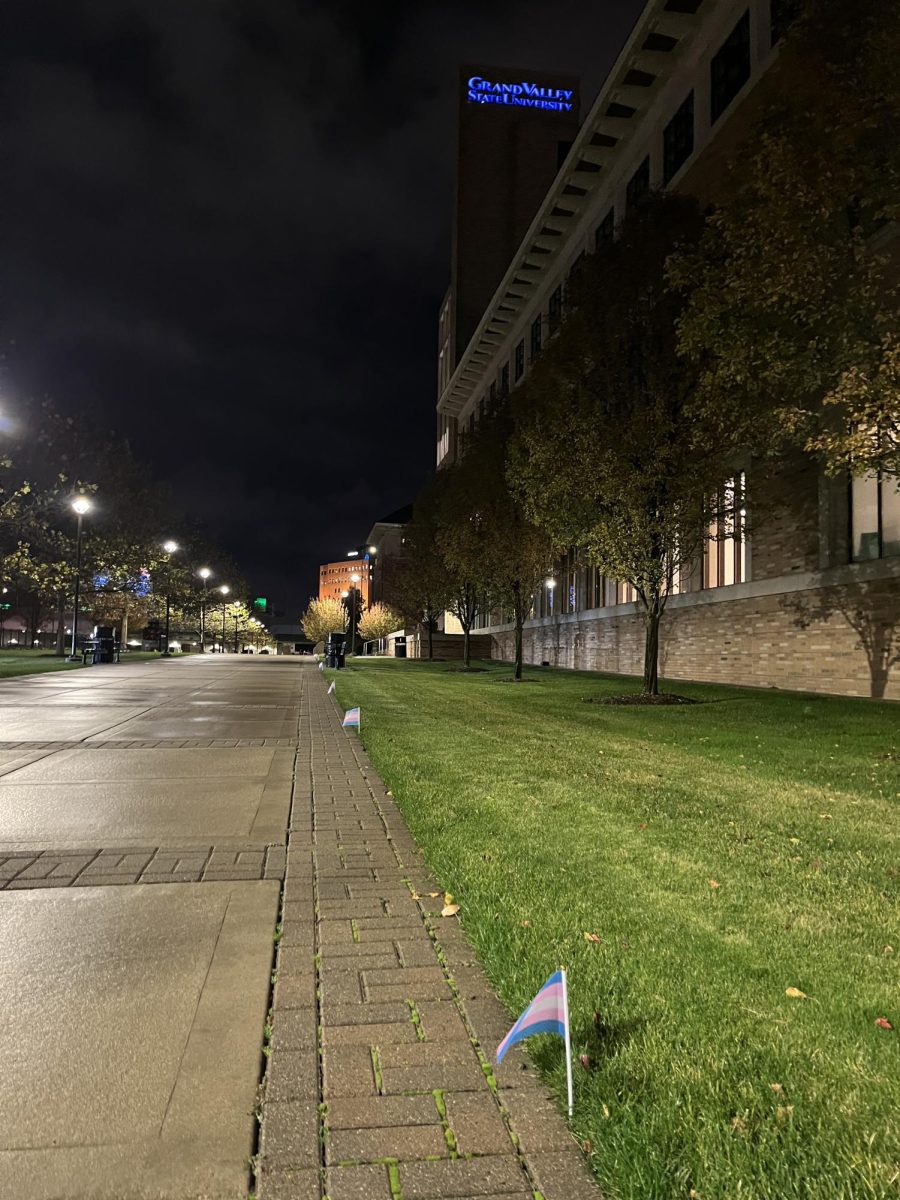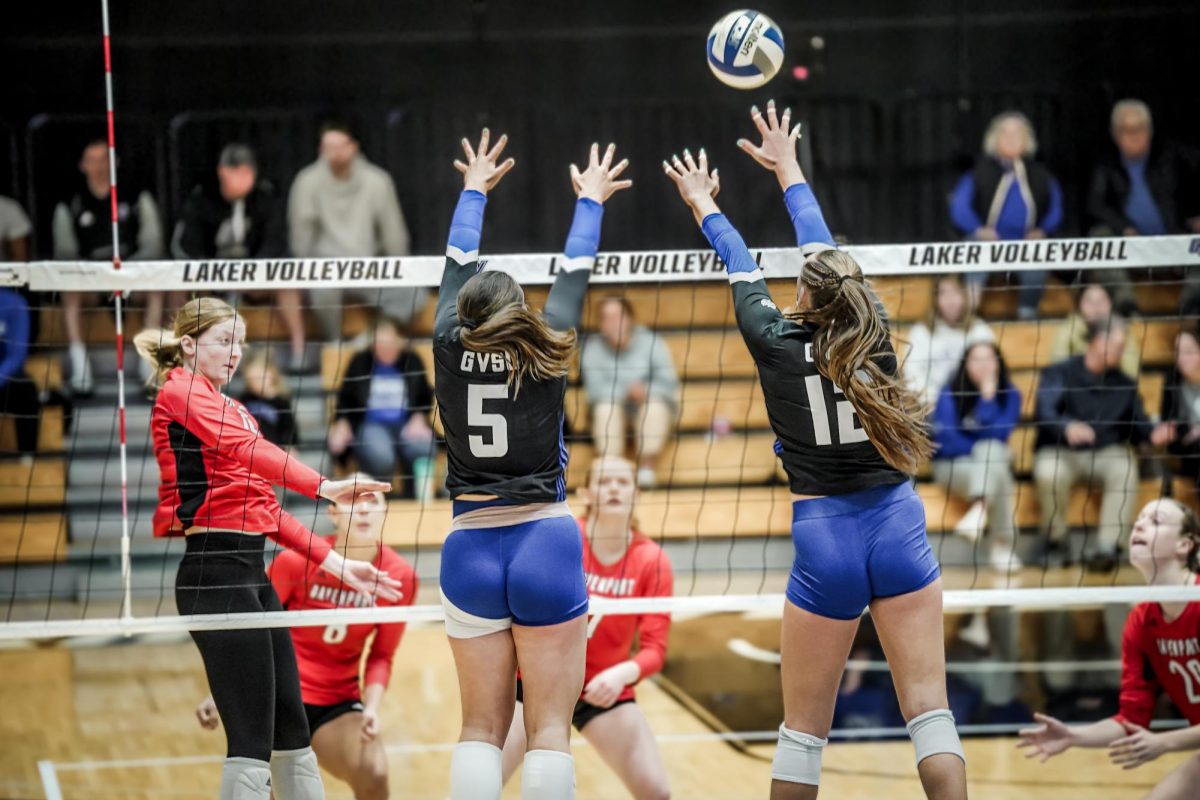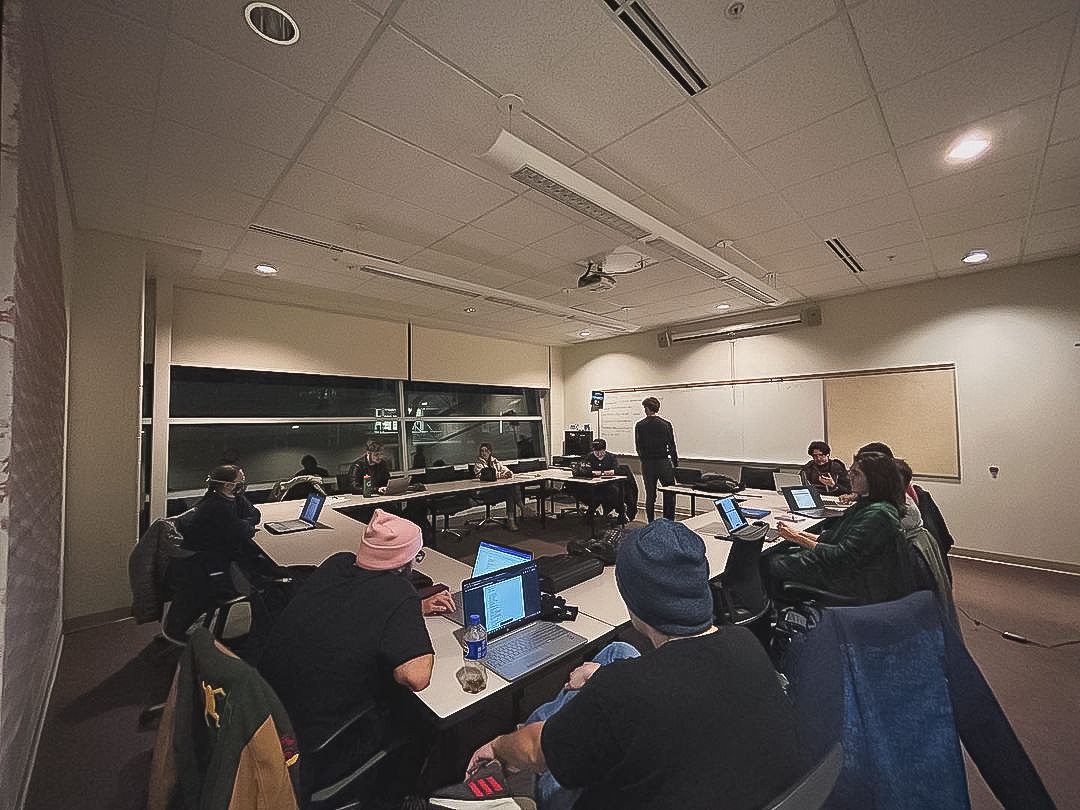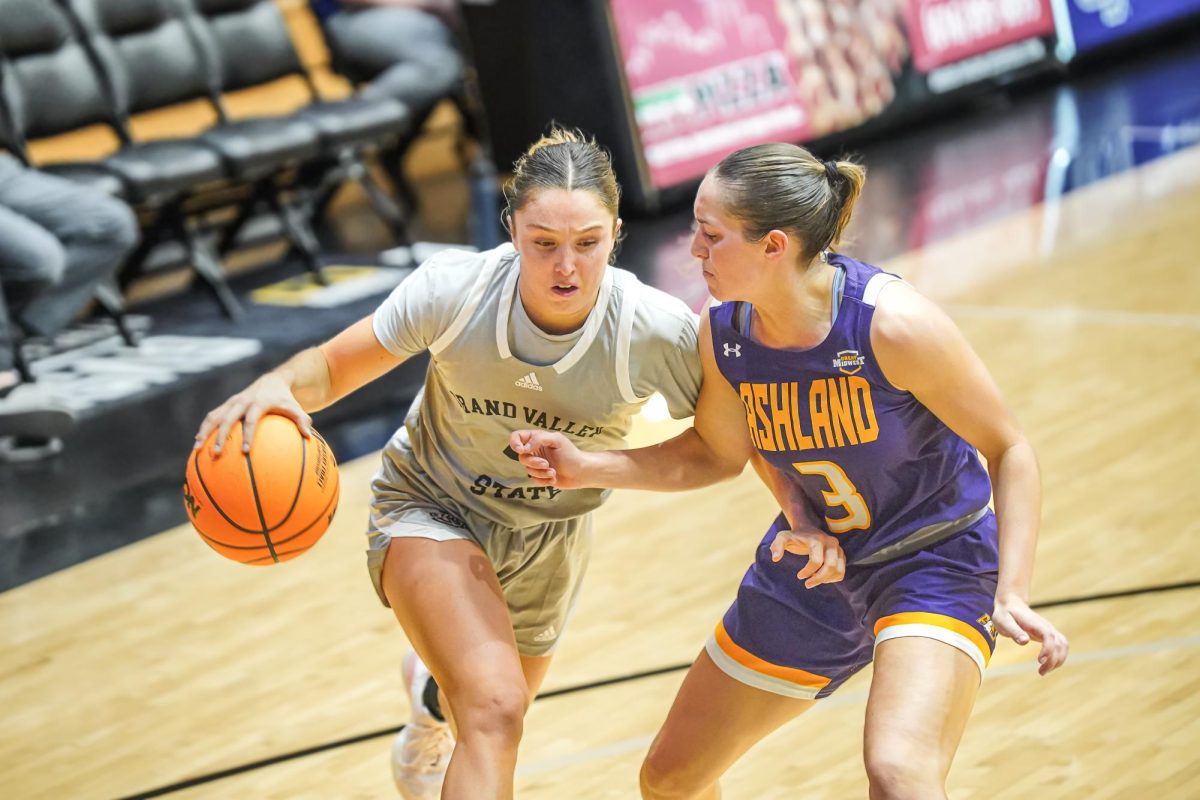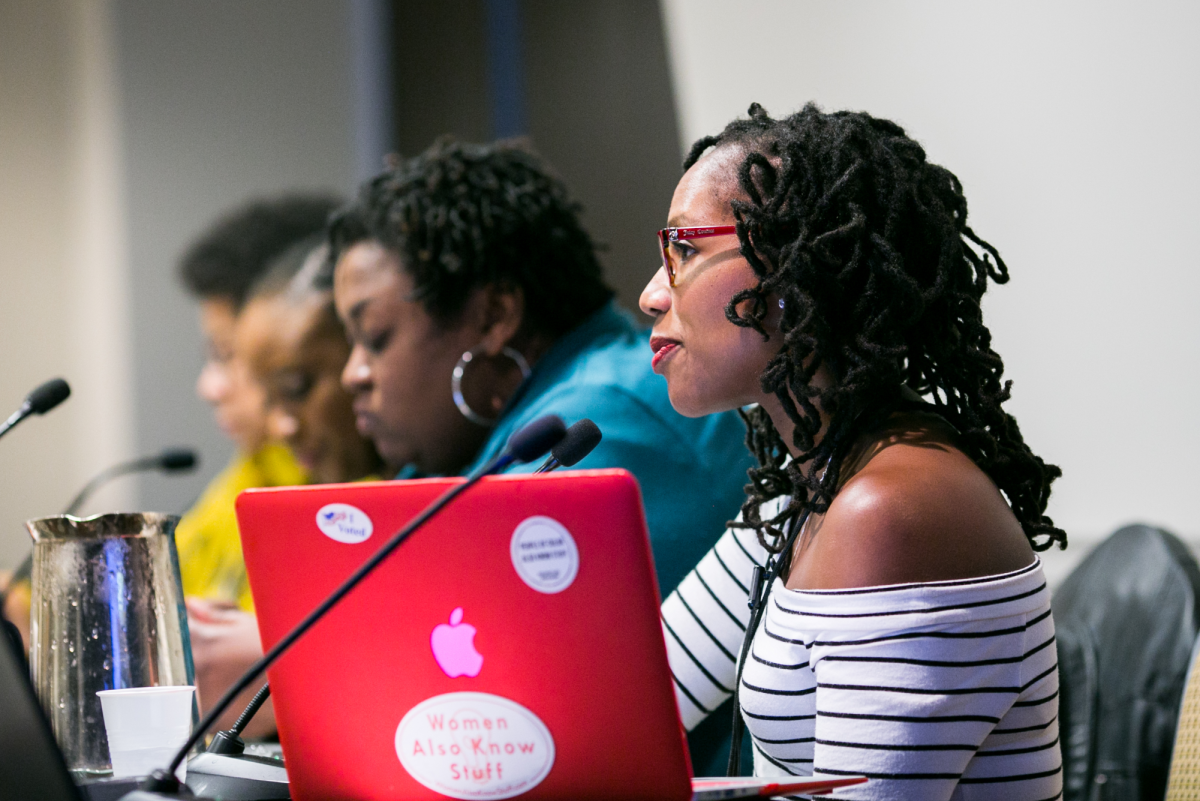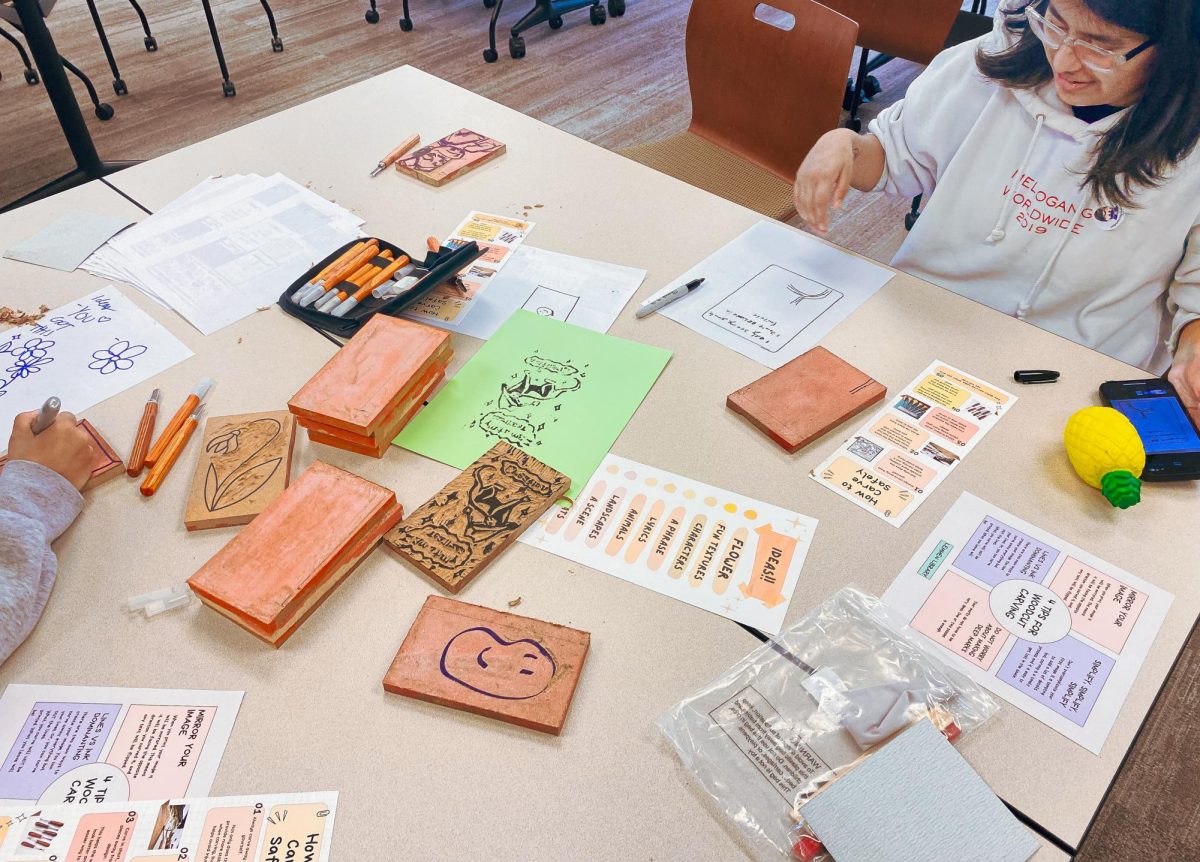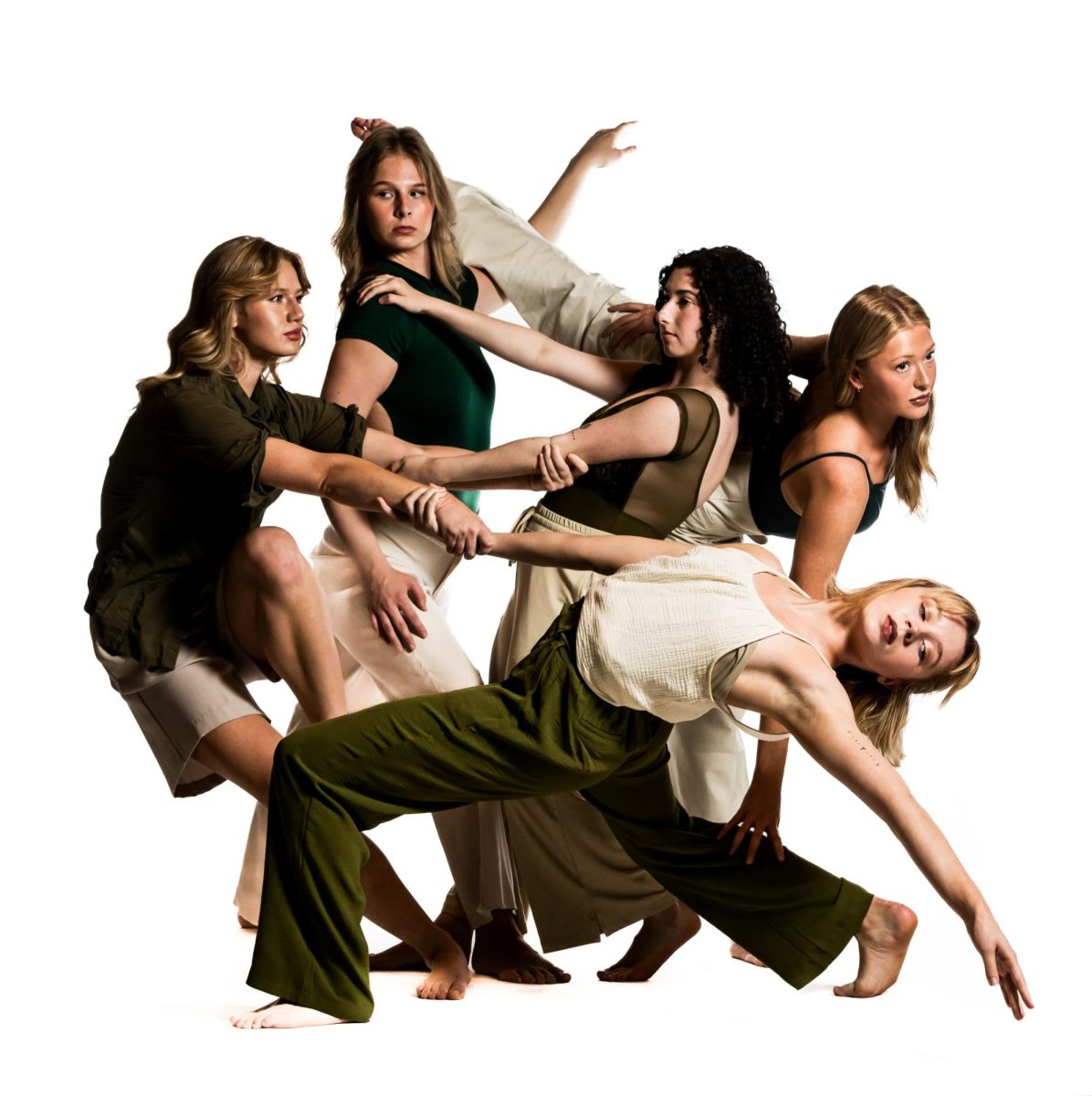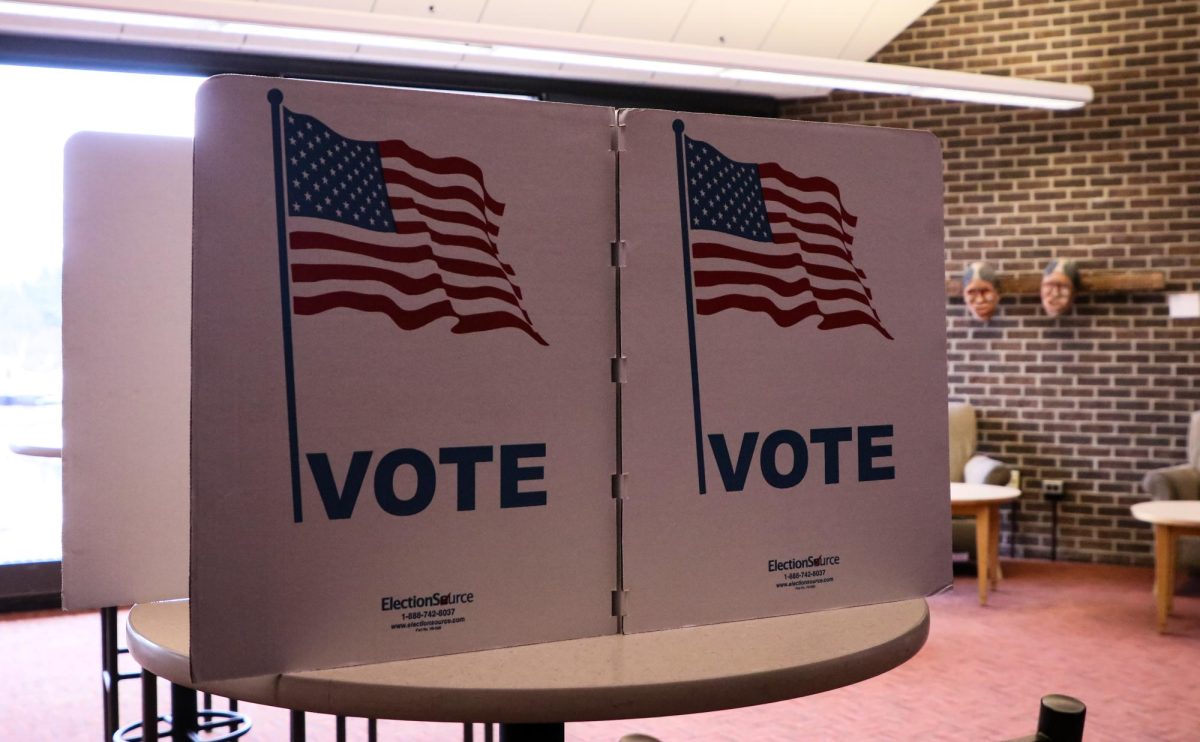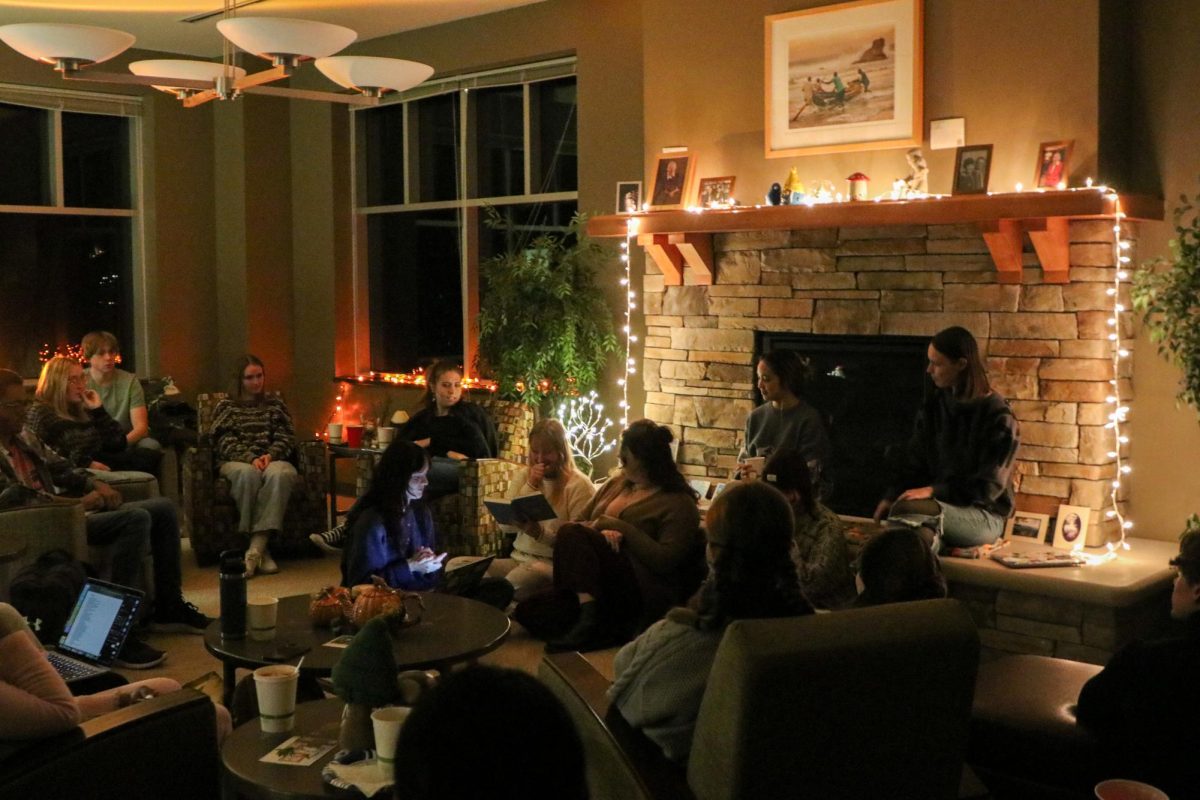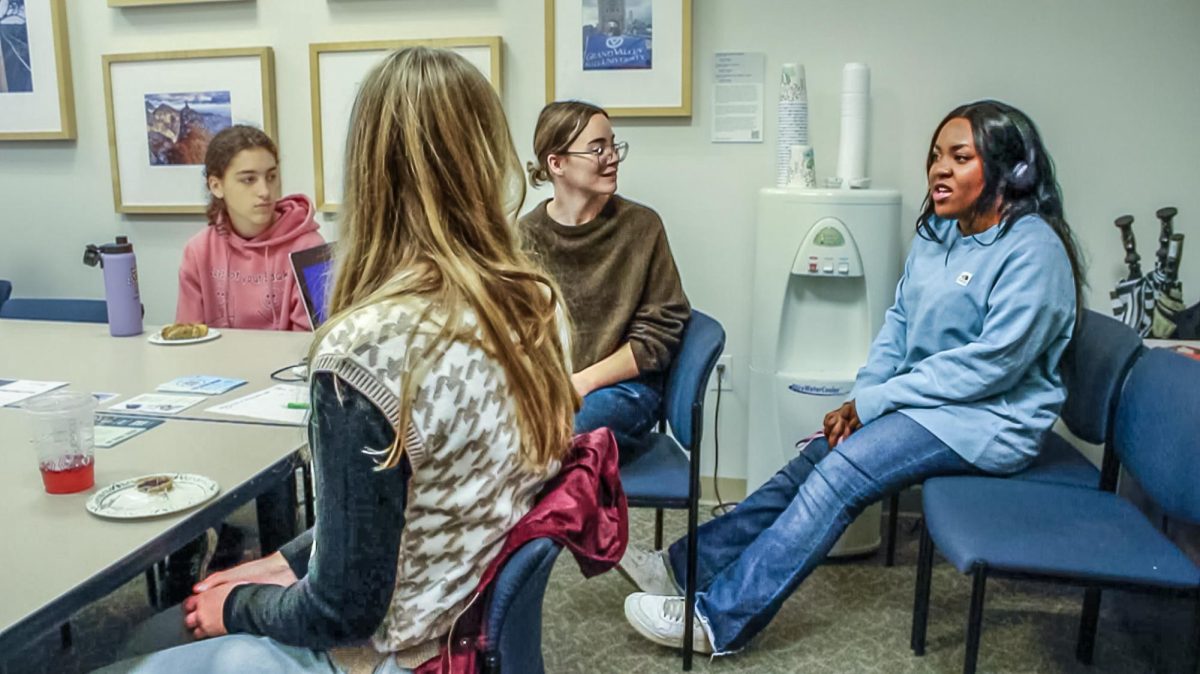GVSU hosts emergency response training
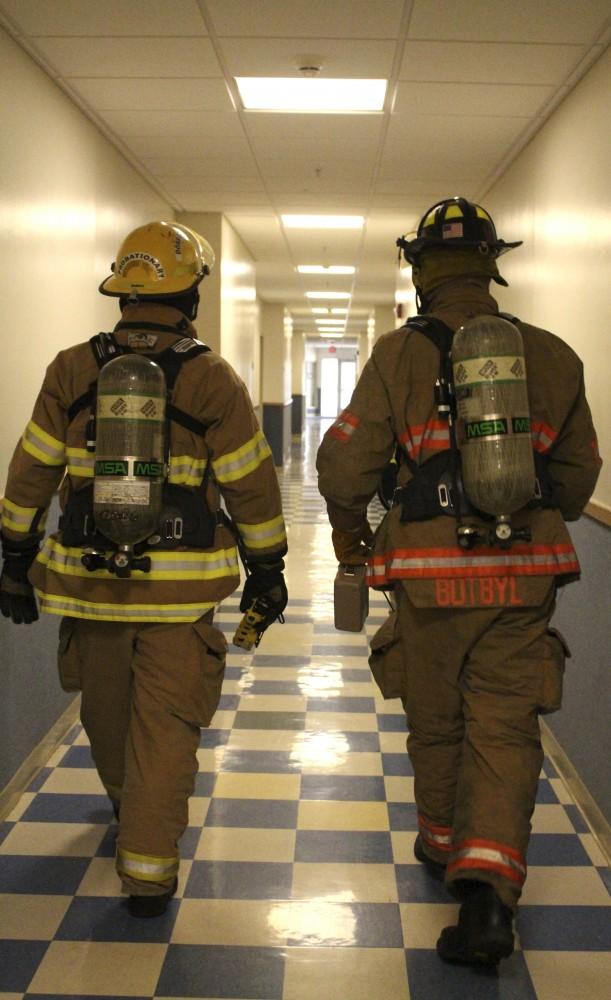
GVL/Audra Gamble Eleven different emergency response teams practice a radiology drill Tuesday, April 18, 2015 at Grand Valley State University’s Allendale Campus. The drills tooks place within North B living center near the entrance to campus.
May 3, 2015
The Grand Valley State University police department held a radiological emergency exercise on April 28 to prepare over 50 emergency responders from 11 state and local agencies.
According to Capt. Brandon Dehaan of the GVSU police department, the live exercise with various police, fire and emergency responders worked to test their response to a radiological incident on the campus.
The scenario for this specific exercise involved a housing resident assistant discovering a dangerous radiological experiment inside a university living center. During this exercise, the resident assistant then called 911, which in turn dispatched emergency responders.
“The goals for the exercise were to improve communication and develop onsite incident command management skills with GVSU police staff and various other state and local agencies.” said Sgt. William O’Donnell of GVPD. “The overall intent of our participation in this live exercise was to test, evaluate and ultimately strengthen the police department’s ability to prepare for, respond to and recover from various emergencies on campus.”
Drills such as this are held during the summer as well as during the school year on a regular basis. Conducting these drills ensures GVPD interacts well with emergency response community partners.
Those partners include the Allendale fire department, Ottawa County sheriff’s office and emergency management division, the Ottawa County hazmat team, both Michigan region six response teams from Kent and Muskegon counties, the Michigan state police, as well as the DEQ – radiological emergency preparedness unit. All partners were present the evening of the exercise.
“Being involved in these types of exercises are of great benefit to the police department and the university,” O’Donnell said.”The chaos of a critical incident is not the time to think about who should be doing what.”
The exercise was also evaluated by members of the Michigan state police, and both Ottawa and Muskegon counties’ emergency management directors.
“Our preliminary evaluations indicate the Grand Valley State University police department capabilities in managing larger scale incidents are strong,” O’Donnell said.
Overall, the main goal when conducting exercises such as this is to increase the confidence and skill level of all emergency responders to crisis situations, O’Donnell said. This is often done through strategic, situational training.
“No one can ever predict what might happen, even on a university campus, but we can practice and train to respond quickly and efficiently to emergency incidents,” he said. “Having emergency response plans on paper is great. However, it is invaluable to be able to practice under real world conditions.”




